March is National Nutrition Month, a perfect time to celebrate and highlight one of the San Francisco-Marin Food Bank’s organizational values: improving nutrition for our community members. Here are three things our Nutrition Education team suggests you can do to make healthier choices:
Incorporate MyPlate into your meal routine
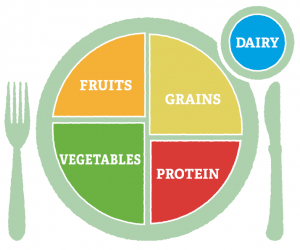
- Make sure that half of what you eat in a day is fruits and vegetables. Fresh, frozen or canned produce can all help you meet that goal.
- Choose lean proteins such as beans, chicken, tofu, turkey, eggs, nuts, seeds, and fish.
- Although not every meal needs to include all five food groups, try your best to include as many food groups as possible in each meal. Ideally, meals should include at least three of the five food groups, and snacks should include two of the five
Read nutrition labels (Here are a few tips for gleaning the best information)
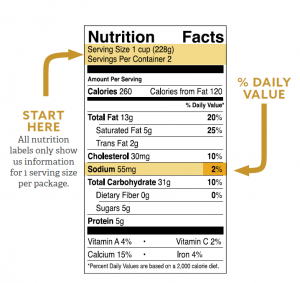
- Labels only show the nutritional facts for “1” serving, so be sure to check the serving size! For example, you may be surprised to learn that just 1/2 cup counts as a full serving of cereal, so if you eat a full cup, you are getting double the calories and nutrients.
- Percent Daily Values (% DVs) show if a food is high or low in certain nutrients. Five percent or less is considered low and 20% or more is considered high. For example, a serving that has 25% DV of sodium would be high in sodium
- Ingredients are listed by weight, with the highest weight at the top of the list. If sugar (or another name for sugar) is listed as one of the top three ingredients, know that the item is going to have high sugar content, and so, it may be best to avoid choosing that product.
Choose whole grains
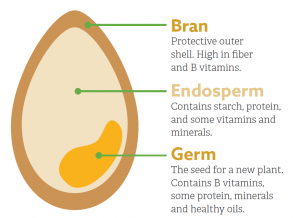
- Adding grains to your daily meal routine is important, but make sure you’re consuming whole grains whenever possible. They’re higher in fiber, keep you feeling fuller for a longer period of time, and also aid your digestion.
- Don’t let the packaging or colors fool you! To make sure that you’re actually choosing whole-grain products, make sure that the top ingredient on your ingredient list says the word “whole.”
- Whole grains include brown rice, oats, and whole-wheat pasta. We recommend that half of your daily grains are whole grains.
- Fun fact: Whole grains have three layers, each contributing essential nutrients for our body.
Want more nutrition tips like these? Sign up for our monthly eNewsletter and/or follow us on Facebook, Instagram and Twitter.


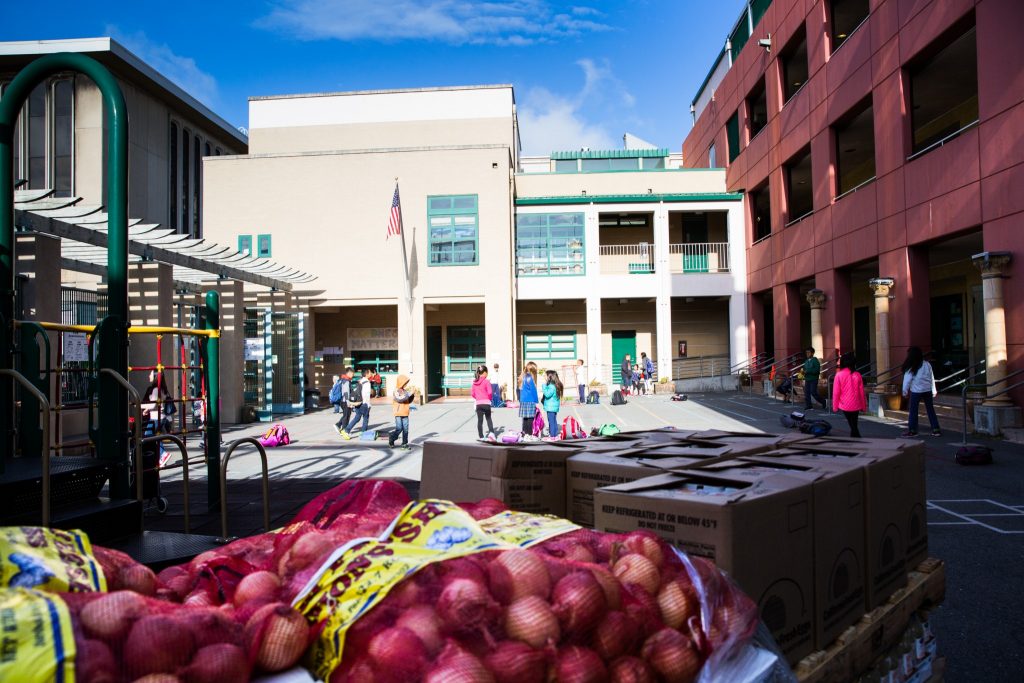
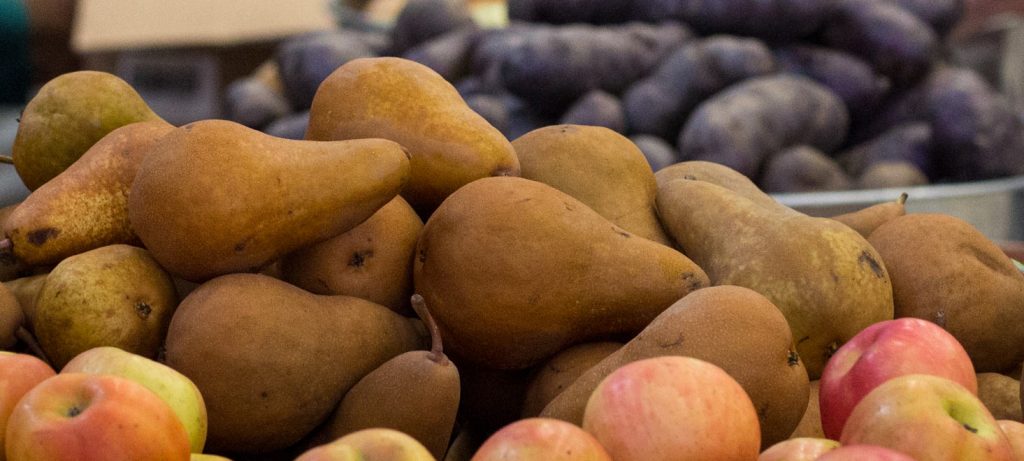
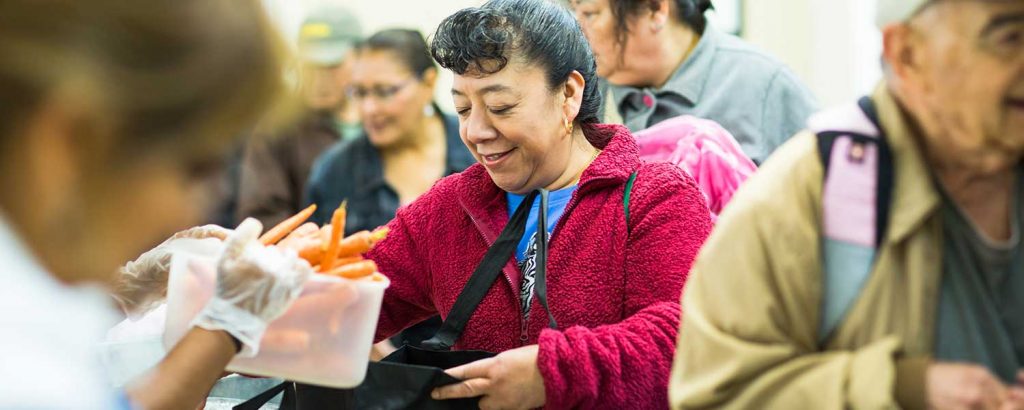
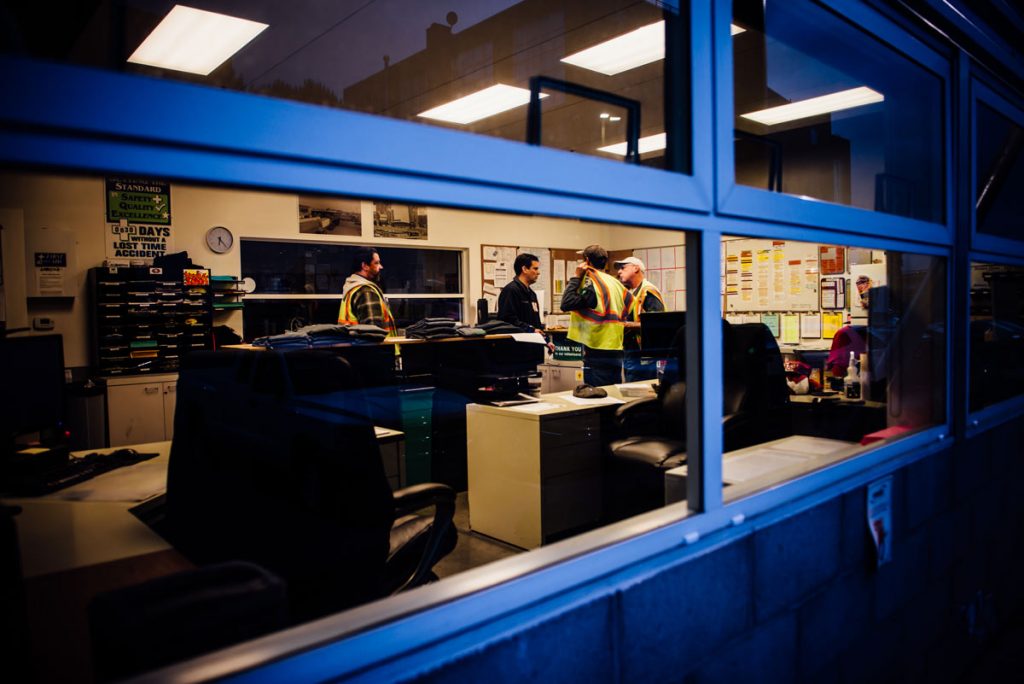
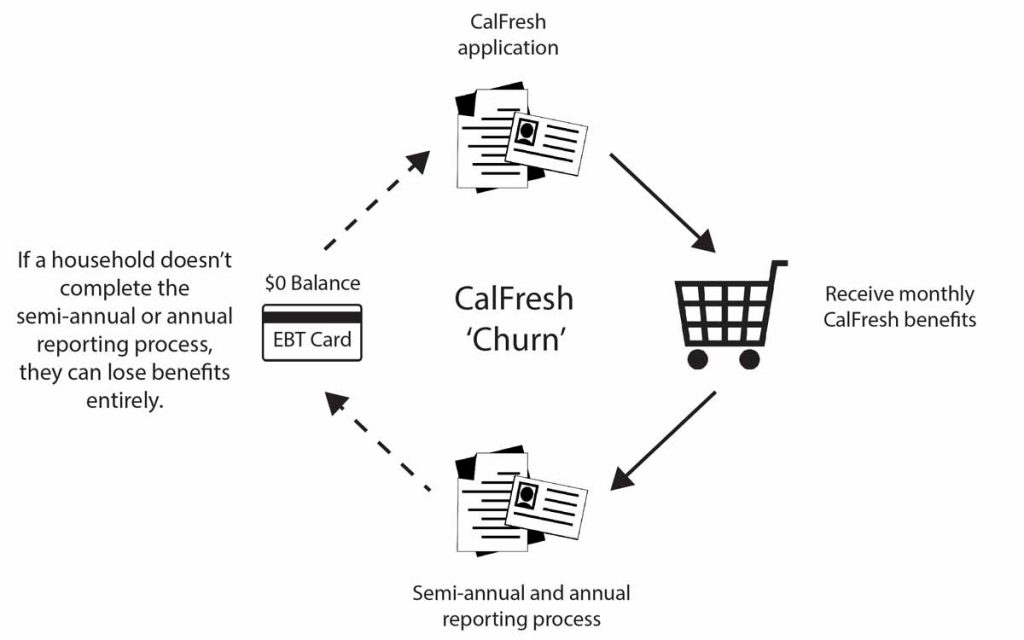

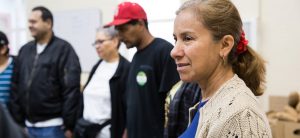
Share